
views
On iPhone or iPad
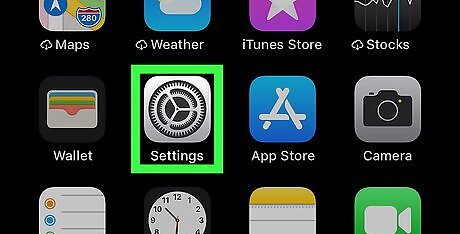
Open your iPhone's or iPad's iPhone Settings App Icon Settings. Tap the Settings app icon, which resembles a set of gears on a grey box.

Scroll down and tap iPhone Settings General Icon General. You'll find this option close to the top of the Settings page.
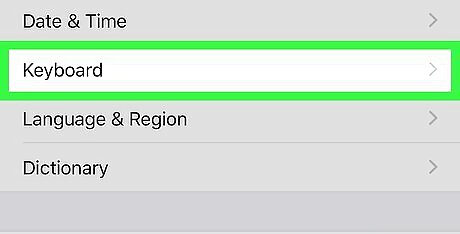
Scroll down and tap Keyboard. It's near the middle of the General page.
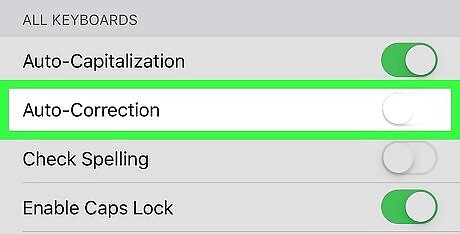
Tap the green "Auto-Correction" switch iPhone Switch On Icon. The switch will turn grey iPhone Switch Off Icon, signifying that you've disabled autocorrect on your iPhone or iPad. If the "Auto-Correction" switch is already grey, autocorrect is already turned off. You might also want to turn off the "Check Spelling" feature by tapping the green switch next to this heading as well.
On Android

Open your Android's Settings. Swipe down from the top of the screen to open the Notifications shade, then tap the Settings Android 7 Settings gear in the top-right corner of the menu.
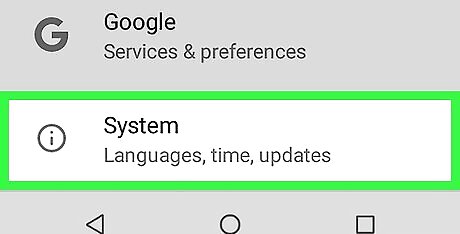
Scroll down and tap System. You'll find this at the bottom of the Settings menu. On a Samsung Galaxy, you'll instead scroll down to tap General management.

Tap Languages & input. It's near the top of the page.
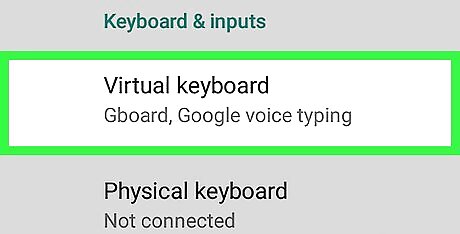
Tap Virtual keyboard. This option is in the middle of the page. You'll tap On-screen keyboard if you have a Samsung Galaxy smartphone or tablet.
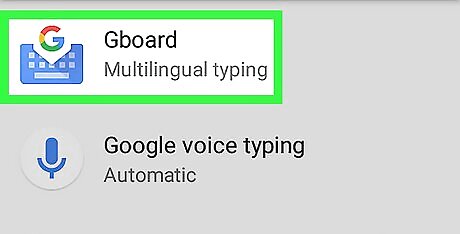
Select your Android's keyboard. Tap the keyboard which came installed on your Android. For example, a Samsung Galaxy user will tap Samsung Keyboard here. If you use Gboard, you can tap Gboard here instead.

Tap Text correction. It's in the middle of the screen. On a Samsung Galaxy, tap Smart typing here instead (unless you selected Gboard, in which case you'll tap Text correction).

Tap the teal "Auto-correction" switch Android 7 System Switch On. The switch will turn grey Android 7 Switch Off, signifying that your Android's autocorrect feature is no longer enabled. If this switch is grey, autocorrect is already disabled on your Android. While you're here, you might also want to turn off the "Show correction suggestions" feature in this menu. On a Samsung Galaxy's default keyboard, you'll tap the blue "Predictive text" switch here.
On Windows

Open Start Windows Start. Click the Windows logo in the bottom-left corner of the screen.

Open Settings Windows Settings. Click the gear-shaped icon in the lower-left side of the Start menu. This opens the Settings window.
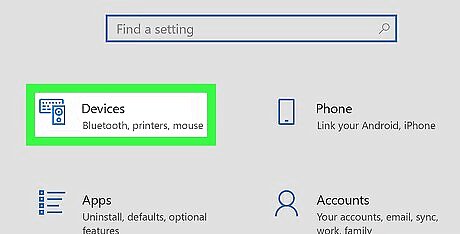
Click Devices. It's in the middle of the Settings window.
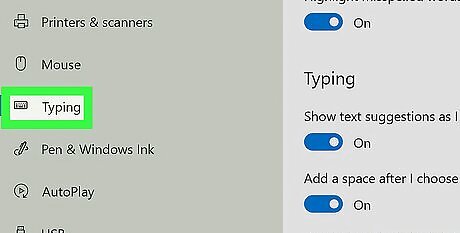
Click the Typing tab. This option is on the left side of the Devices window.
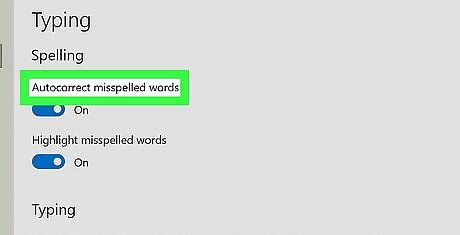
Find the "Autocorrect misspelled words" heading. You'll usually see it at the top of the window.
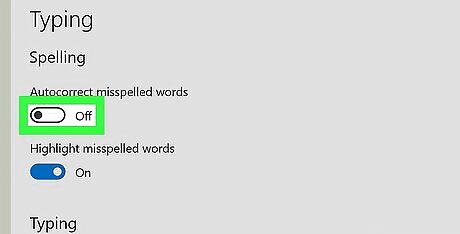
Click the "On" switch Windows Switch On. It's below the "Autocorrect misspelled words" heading. Doing so causes the switch to turn off Windows Switch Off which signifies that autocorrect isn't active on your computer anymore. If this switch has "Off" next to it, autocorrect is not enabled on your computer. You might also want to turn off the "Highlight misspelled words" feature in this menu by clicking its "On" switch.
On Mac

Open the Apple menu Mac Apple. Click the Apple logo in the top-left corner of the screen. A drop-down menu will appear.
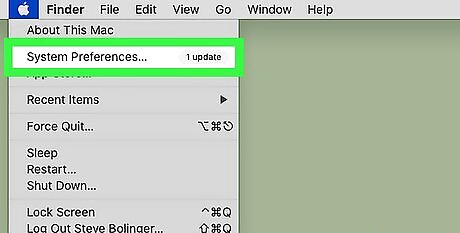
Click System Preferences…. It's in the drop-down menu. Clicking it opens the System Preferences window.
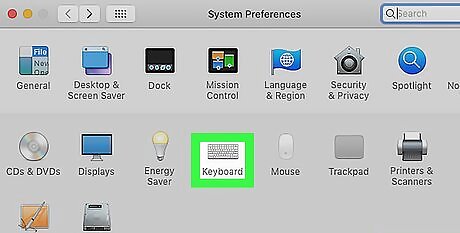
Click Keyboard. You'll find this in the System Preferences window. The Keyboard window will pop up.
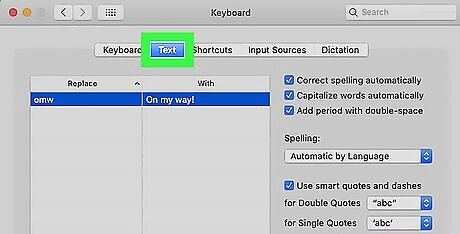
Click the Text tab. It's at the top of the Keyboard window.
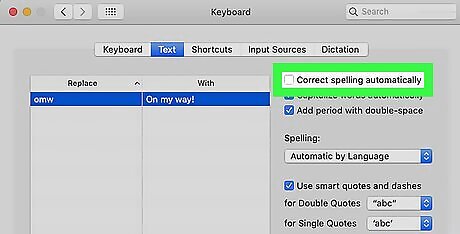
Uncheck the "Correct spelling automatically" box. This is in the top-right corner of the window. Doing so turns off autocorrect for your Mac. You might also want to uncheck the "Capitalize words automatically" box here.

















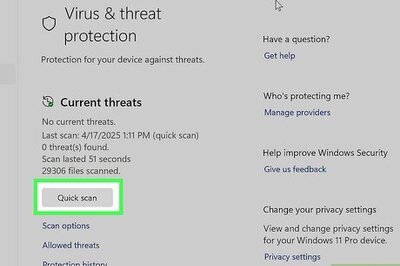


Comments
0 comment